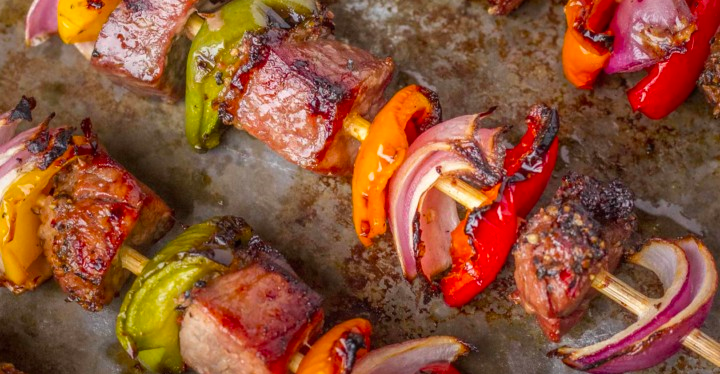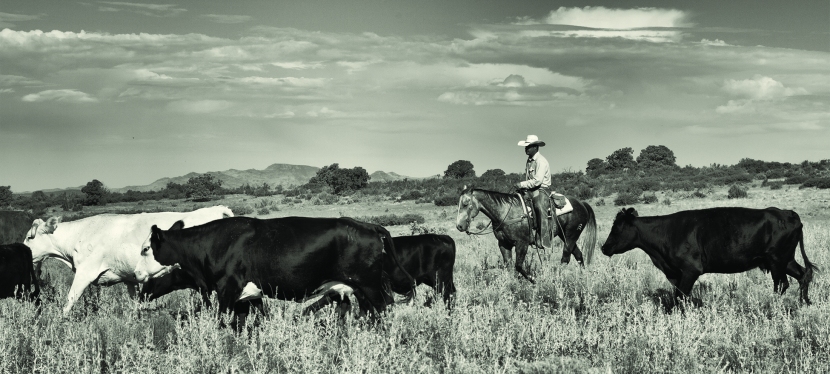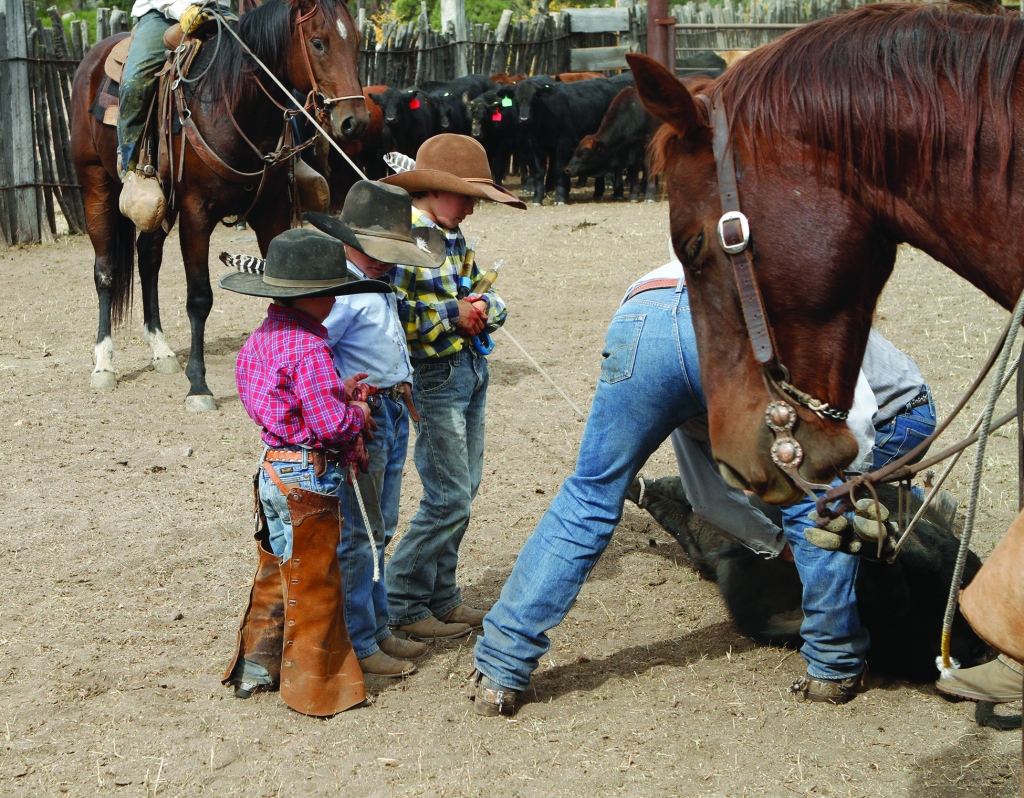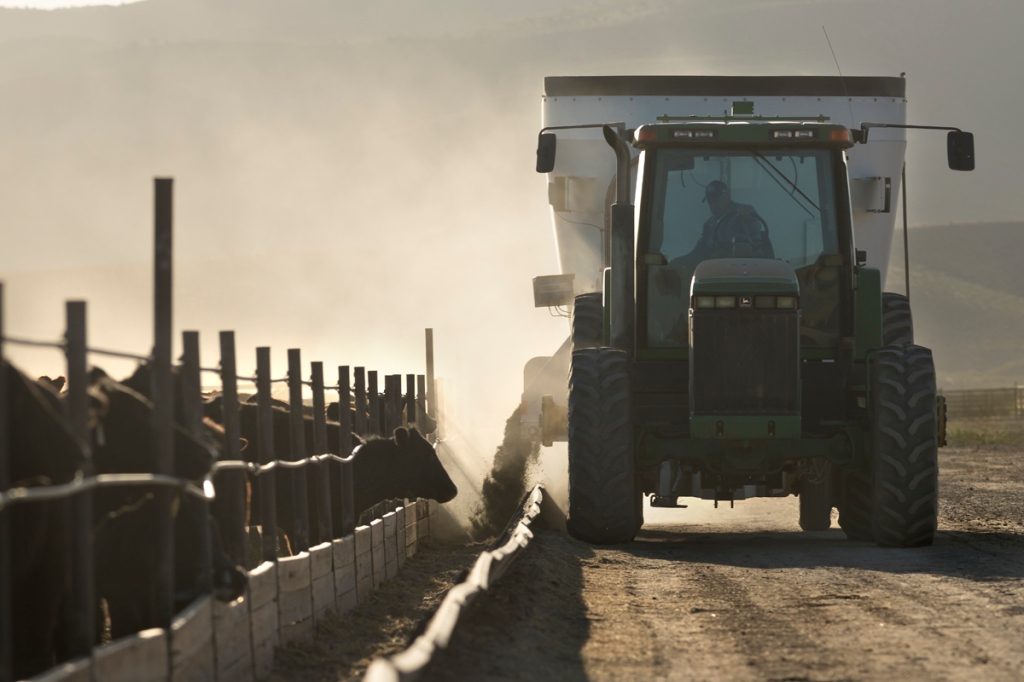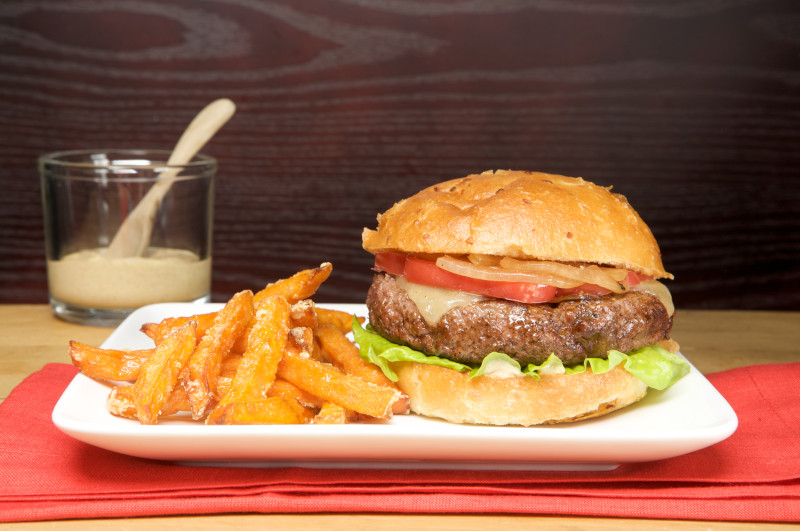Andie Ovard, an intuitive eating dietitian, wrote this blog post about including beef in a healthy diet. Andie has been a registered dietitian nutritionist for 11 years. After working for 8 years at the University of Utah hospital as a clinical dietitian in the cardiac ICU she moved to AZ with her husband and started her own business virtually coaching women to learn how to stop dieting and heal their relationships with food through sustainable healthy habits. She loves being a dietitian and in her free time loves to ride her horses, hunt, camp and go to team roping jackpots with her husband. Give her a follow on Instagram by clicking HERE.
Well, it is now…but it wasn’t, for too many years of my life.
I used to think beef was unhealthy. I felt like it was too high in fat and calories so I avoided it, and, unfortunately, I missed out on a lot of the benefits of beef because of it.
As a registered dietitian, I have a passion for helping people understand how to eat and maintain a healthy diet and lifestyle, and eating beef can and should be a part of a healthy diet. Let’s talk about why.
When we think of the benefits of beef, we usually only think about protein. While yes, beef is high in protein, there are so many other benefits to eating beef. Not only is beef packed with protein but it is an excellent source of iron, zinc, and B vitamins, all of which are so important for our health.
Let’s dive into a few of the benefits of beef and its nutrients. First up, iron. Iron is essential for helping your body get enough oxygen and maintaining your energy levels. When you don’t get enough iron, you risk becoming anemic which causes fatigue, headaches, and more. As someone who used to struggle with anemia, I’ve noticed a big difference in my energy levels since I’ve started including beef regularly in my diet.

There are also significant amounts of zinc and B vitamins in beef. Zinc is important for supporting your immune system, wound healing as well as improving your metabolism, while B vitamins have endless benefits like working as antioxidants (B2), maintaining heart health and metabolism (B3) and even improving mood and brain health (B6).
How many other foods can you think of that have so many benefits? I don’t like using the word “superfood” but if I did, beef would be one of them.
The other great thing about beef is how versatile it is. From ground beef for spaghetti and burgers to steak, to ribs to brisket for salads and tacos, you really can’t ever get sick of it.
So what’s one thing you can do to improve your health in 2024? Start including beef in your diet regularly! Beef…it SHOULD be what’s for dinner.


